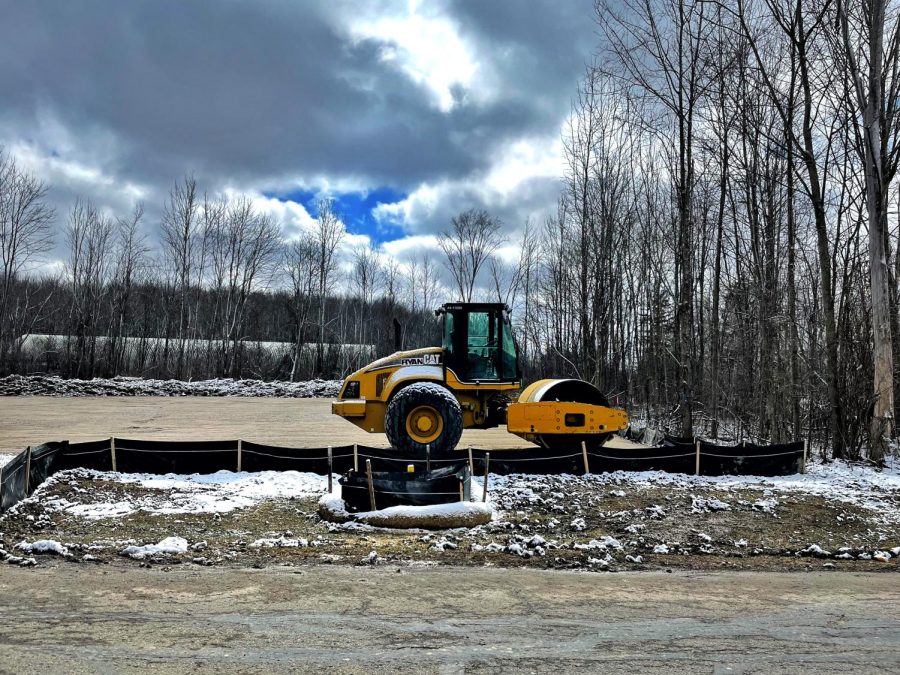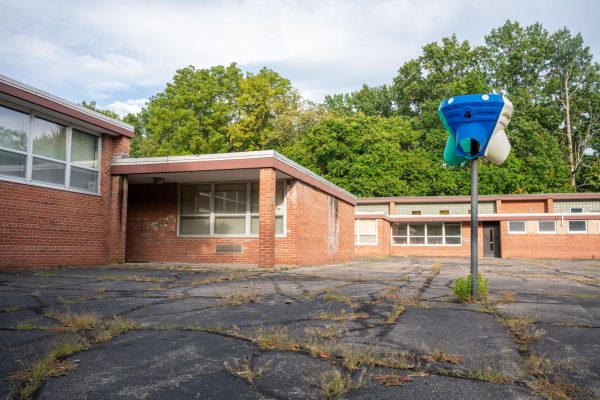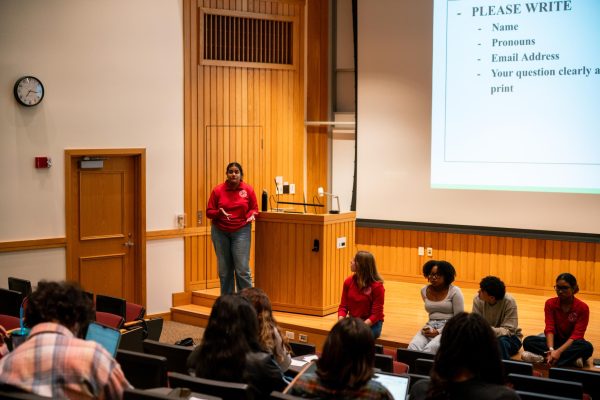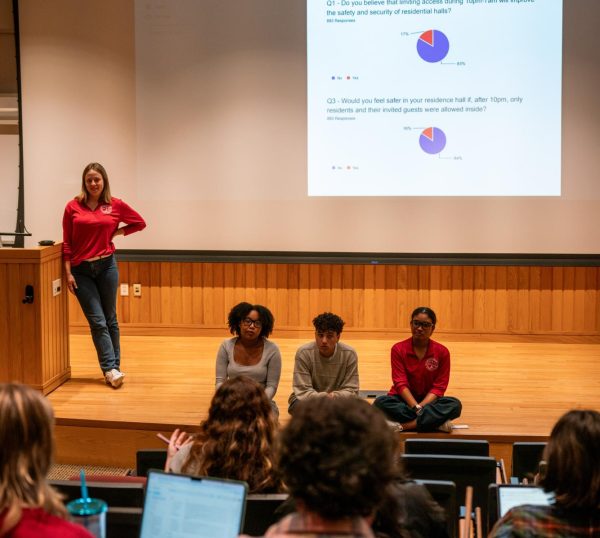Construction to Start on New EDL Landfill Gas Plant
Construction of a new plant that will convert landfill methane into renewable natural gas has begun on Hill Creek Drive.
Construction will start on a new $80 million landfill gas processing plant this month. The new plant will convert methane from the Republic Services Lorain County Landfill into renewable natural gas. The plant, constructed by the energy company EDL, will be located on Hill Creek Drive and should create only minimal disturbance for local residents.
Since 2001, EDL has reclaimed landfill gas to create electricity on site, but the company decided that it will close the facility this year. The new plant will produce renewable natural gas which will largely be transported to California and western states that use RNG to meet their clean energy goals.
To produce the gas, the new plant will take the methane generated by the landfill and clean it. While renewable natural gas is not as sustainable as other forms of renewable energy, its usage emits less nitrogen oxides and particulate matter than traditional gasoline. The plant will significantly reduce the methane emissions that are an unavoidable product of the landfill.
“The issue of how to handle landfill gas is, of course, a difficult one,” said John Elder, a cofounder of the group Citizens for Safe and Sustainable Energy, an environmental group that fought against the construction of the NEXUS pipeline in Oberlin. “In terms of the environment, it’s probably less harmful to use that gas in transportation or other uses than simply flare it off into the environment. There’s no good solution to the landfill problem — it’s only a question of which is the least bad.”
Oberlin City Council Vice President Kelley Singleton echoed these statements saying that the methane created by the landfill was previously burned in the area, sending emissions into Oberlin’s atmosphere. Now, the methane will be transported away from the city.
“The alternative is for that methane just to stay there and seep up into the sky,” he said. “So it is still capturing it and keeping it away from at least our environment.”
When EDL initially announced plans to close their electrical plant, there was a possibility that Oberlin would lose an important revenue source. The City was making about $140,000 annually in rent leasing city power lines for EDL’s electricity distribution, as well as $500,000 in energy credit.
However, the new plant will require a significant amount of electricity to run. EDL will now purchase $800,000 worth of electricity a year from the City to operate the new plant, which will cost Oberlin $500,000 to generate. The $300,000 revenue from the sale will go into the City’s general fund.
The large amount of electricity used by the plant also raises the question of how this energy will be sourced sustainably, especially considering the City’s 2007 commitment to reducing its greenhouse gas emissions by 75 percent before 2030.
“We’re going to have to buy a lot of electricity to feed that plant, but what they’re going to do within our agreement, [is] not only [are they] gonna pay us a lot of money to do that, but they’re also going to buy renewable energy credits to offset the carbon footprint of that electricity,” Singleton said.
In addition to concerns about electricity use and City revenue, the construction of the new plant has also prompted questions from community members about how it will impact residents living near the plant.
Elder explained that his friend, who visited a recently constructed EDL refinery in Indianapolis, reported that the Indiana refinery did not disturb local residents.
“From his observation, it didn’t smell, it didn’t look offensive, it was across the street from a residential neighborhood,” Elder said. “It appears that as far as the refinery itself is concerned, it could be operated in a way that it’s not noxious for the neighborhood.”
The transfer of gas away from the facility should be unobtrusive to residents.
“It would be like any other gas line that runs to people’s houses,” said Carrie Porter, Oberlin’s director of planning and development. “There are several gas distribution pipelines that run through Oberlin or around the edges of Oberlin. … The pipe coming from the actual facility there on Hill Creek Drive … with the clean natural gas is going to be a 6-inch line.”
The project is set to finish sometime in 2023.








